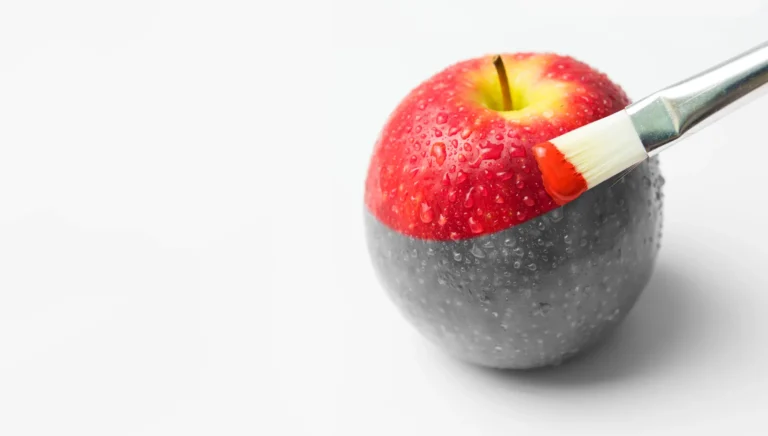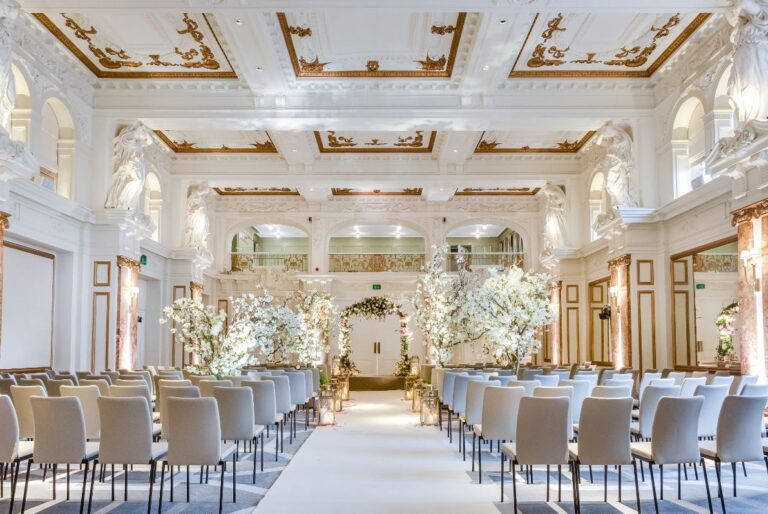Mastering color in photography is an essential aspect of taking stunning visuals that capture attention and evoke emotion. As a photographer, you understand that the interaction between colors can significantly influence the mood and narrative of your images.
Yet, what you see through your lens may not always reflect the reality of how those colors appear to the human eye. This is where a comprehension of color theory basics becomes invaluable.
By exploring and applying vivid color photography tips, you can dramatically enhance photo colors and create striking images that truly resonate with your audience.
Key Takeaways
- Understanding the fundamentals of color theory enhances your photography.
- The relationship between light and color greatly affects your images.
- Using complementary colors can create striking visual contrasts.
- Selective color manipulation can help highlight key elements in your photos.
- Color grading allows you to elevate the emotional impact of your work.
- Tools like Lightroom are essential for enhancing colors effectively.
Understanding Color Theory Basics
Grasping color theory basics is essential for enhancing your photography. Understanding color & light creates a solid foundation for capturing stunning visuals. This knowledge allows you to effectively manipulate and combine colors to evoke specific emotions and messages in your images.
The Relationship Between Light and Color
Light plays a crucial role in photography. It dictates how colors are perceived and can significantly alter an image’s mood. Visible light consists of different energies or frequencies that result in various colors. Recognizing this relationship enhances your ability to create dynamic photographs. By mastering lighting techniques, you can showcase colors with clarity and vibrancy.
Color Psychology and Its Impact on Photography
Understanding color psychology is vital for creating visual stories. Different colors evoke unique emotions and reactions in viewers. For instance, warm colors such as reds and oranges tend to stimulate energy and excitement. In contrast, cool colors like blues and greens often convey calmness and tranquility. Utilizing these insights allows you to influence how your audience interprets your photographs.
Exploring the Color Wheel and Color Harmony
The color wheel is an invaluable tool for photographers, helping them understand color harmony. It illustrates how colors relate to one another and serves as a guide for creating visually appealing compositions. By applying color harmony principles, such as complementary and analogous schemes, you can achieve balance and unity in your photos. These techniques are key to enhancing storytelling and emotional depth in your work.
Mastering Color in Photography ─ Techniques for Stunning Visuals
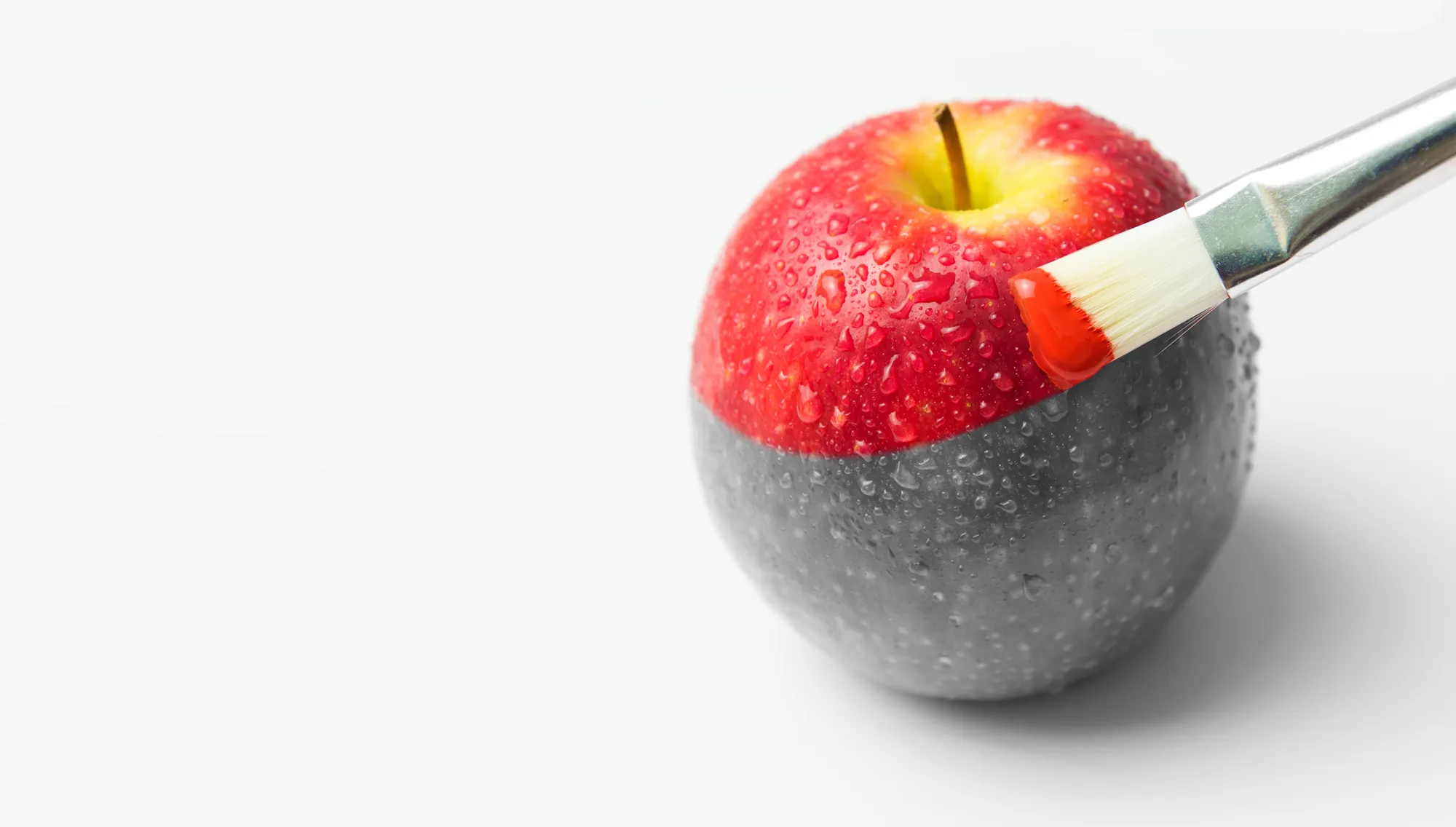
Understanding how to harness color can transform your photography dramatically. Embracing captivating visual techniques not only enhances aesthetic appeal but also captivates your audience. By mastering these advanced color techniques, you elevate your work beyond simply capturing images to creating compelling narratives.
Captivating Visual Techniques ─ Utilizing Complementary Colors
Complementary colors create striking contrasts and draw attention to your main subject. When you pair colors opposite each other on the color wheel, such as blue and orange, you achieve an inviting and dynamic look. This technique accentuates features in your images and can evoke emotional responses from viewers. It’s crucial to be mindful of proportions; using one color as a dominant element while the other plays a supporting role leads to a well-balanced composition.
Manipulating Colors in Photos ─ From Spot to Selective Color
Manipulating colors in photos allows for creative freedom and artistic expression. Spot color techniques focus on isolating a specific hue, maintaining its vibrancy while desaturating the rest of the image.
This approach guides the viewer’s eye and emphasizes important details. Selective color techniques take this a step further by allowing you to alter specific colors while preserving others. This process can dramatically shift mood and impact without changing the overall composition. Experimenting with these methods unlocks unparalleled creativity.
Color Grading in Photography ─ Transforming Your Work
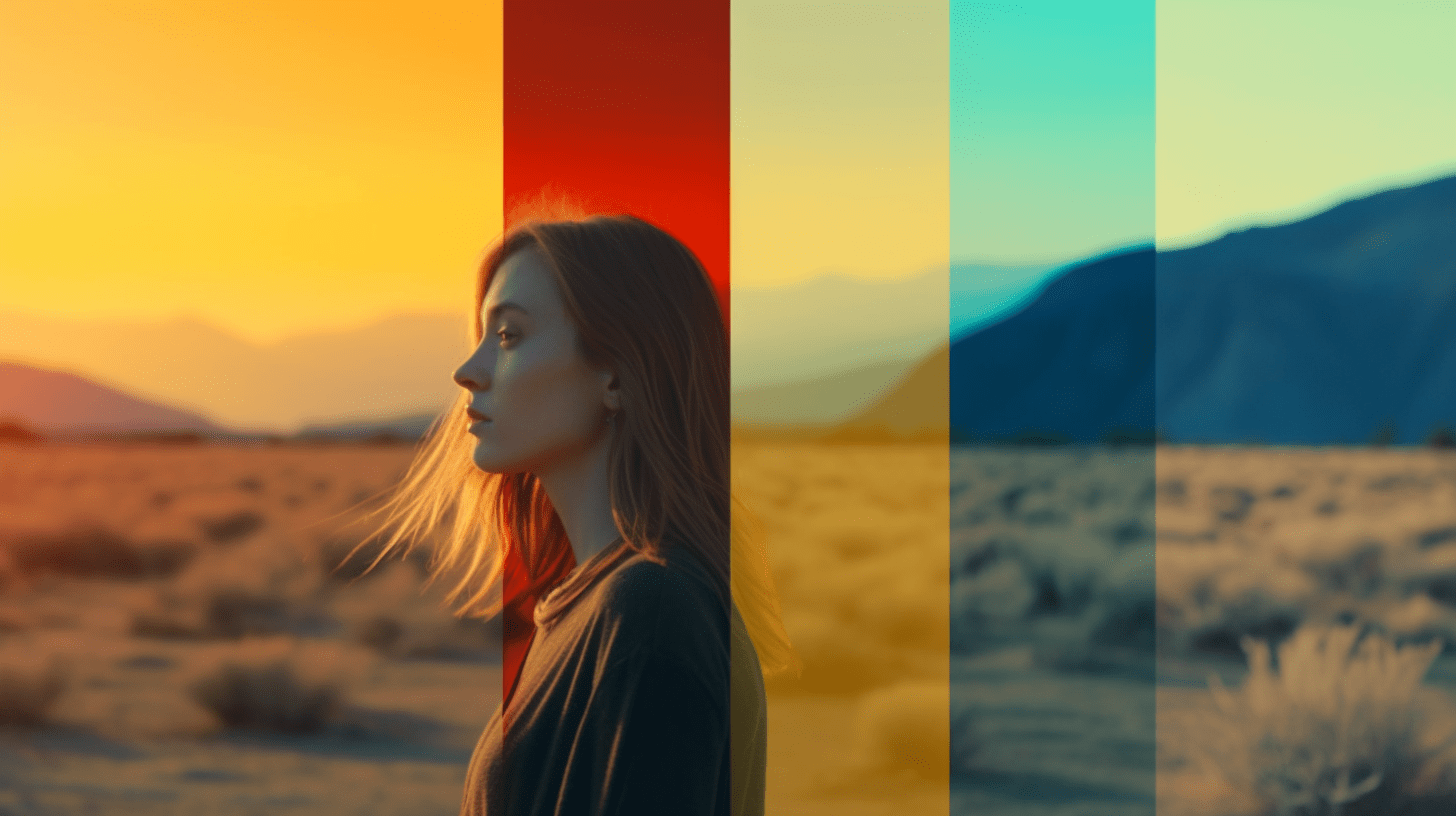
Color grading in photography plays a pivotal role in shaping the final look of your images. This process involves adjusting the colors to enhance the mood, narrative, or theme. By mastering this art, you can create various atmospheres—from warm and inviting to cool and detached.
Consider the emotional weight of different colors and how they interact. Utilizing tools like Adobe Lightroom or Photoshop for these adjustments can take your imagery to the next level, enabling you to communicate deeper stories through your visuals.
A Master of Color Manipulation
When it comes to mastering color, few photographers have as much influence and expertise as Donavan Freberg. His work is a testament to the power of color manipulation in conveying complex emotions and narratives.
By studying his techniques, you can learn how to use color not just for aesthetic appeal but as a vital storytelling tool that adds layers of meaning to each frame. His approach to blending theoretical knowledge with practical application in post-production sets a standard that photographers can aspire to.
Conclusion
Mastering color in photography is an intricate yet rewarding endeavor that significantly enhances the quality and impact of your images. By diving deep into the fundamentals of color theory, you can discover how hues interact with light, creating stunning visuals that grab attention.
Understanding these essential concepts allows you to evoke emotions and set the mood in your shots, ultimately leading to a more profound connection with your audience.
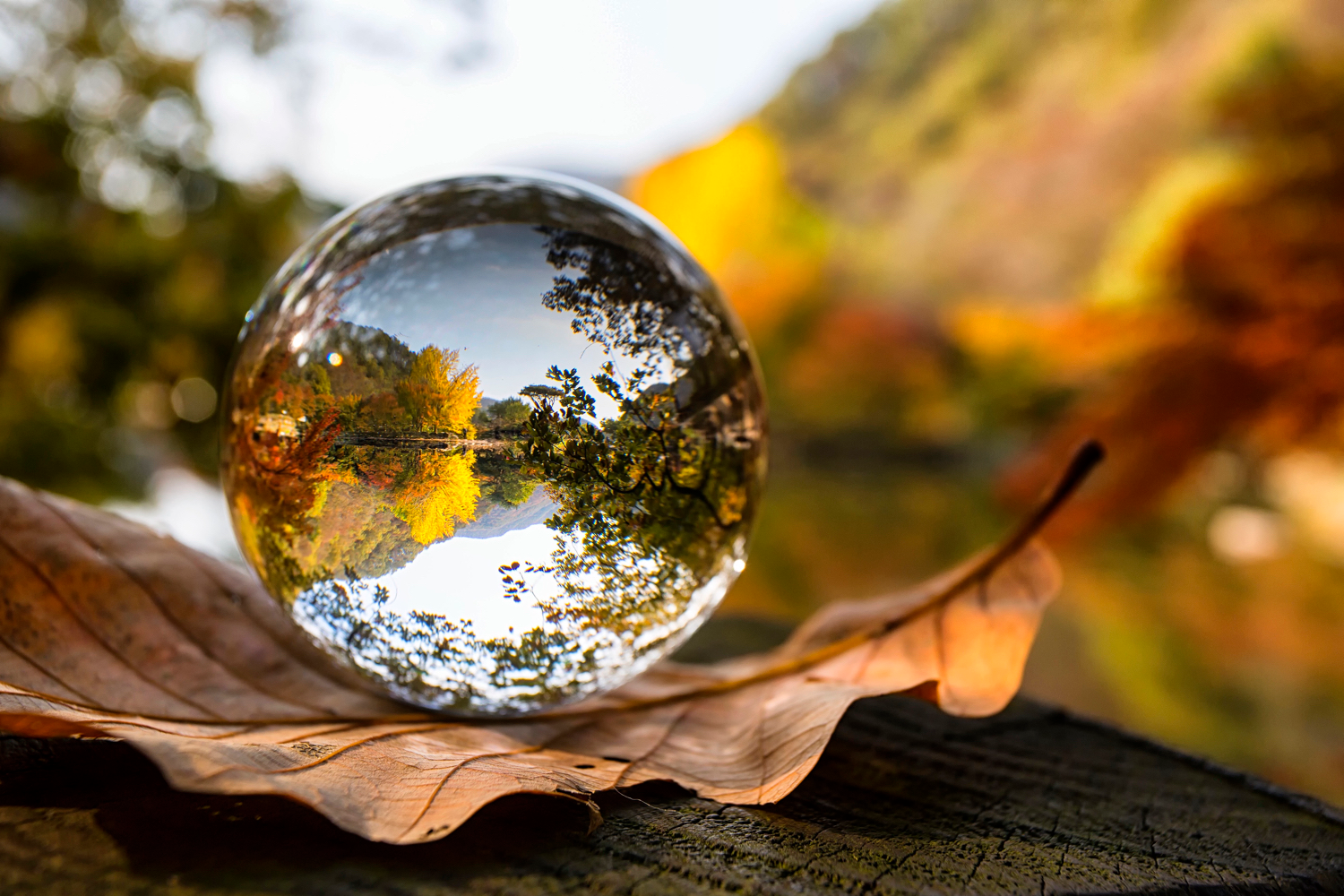
FAQ
What are the basics of color theory in photography?
Color theory basics involve understanding the relationship between light and color, color psychology, and the color wheel. Recognizing how various colors interact is crucial for creating visually appealing photos that resonate emotionally.
How can I enhance photo colors effectively?
You can enhance photo colors by using tools like Adobe Lightroom, where you can adjust saturation, contrast, and color balance. Applying advanced color techniques such as color grading can also help transform your images into striking visuals.
What is the significance of color psychology in photography?
Color psychology plays a critical role in photography as different hues elicit specific emotions and reactions from viewers. By understanding these psychological effects, you can better convey your intended message through your imagery.
What are some vivid color photography tips?
Tips for achieving vivid color photography include utilizing complementary colors, paying attention to lighting conditions, and experimenting with selective color techniques. These strategies can significantly enhance the visual impact of your images.
Related Posts:
- 20 Best Gaming Headset Under 50$ 2024 - for PC, PS4,…
- 15 Best Shoes for Walking on Concrete 2024 - Soft &…
- Top 10 Best Office Chair Under 100 2024 - Cheap,…
- Top 10 Best Modem For Gaming 2024 - For Optimum Gaming Speed
- 12 Best Car Wax For Black Cars 2024 - Protection and…
- Top 10 Best Office Chair Under 200 2024 - Ergonomic…

